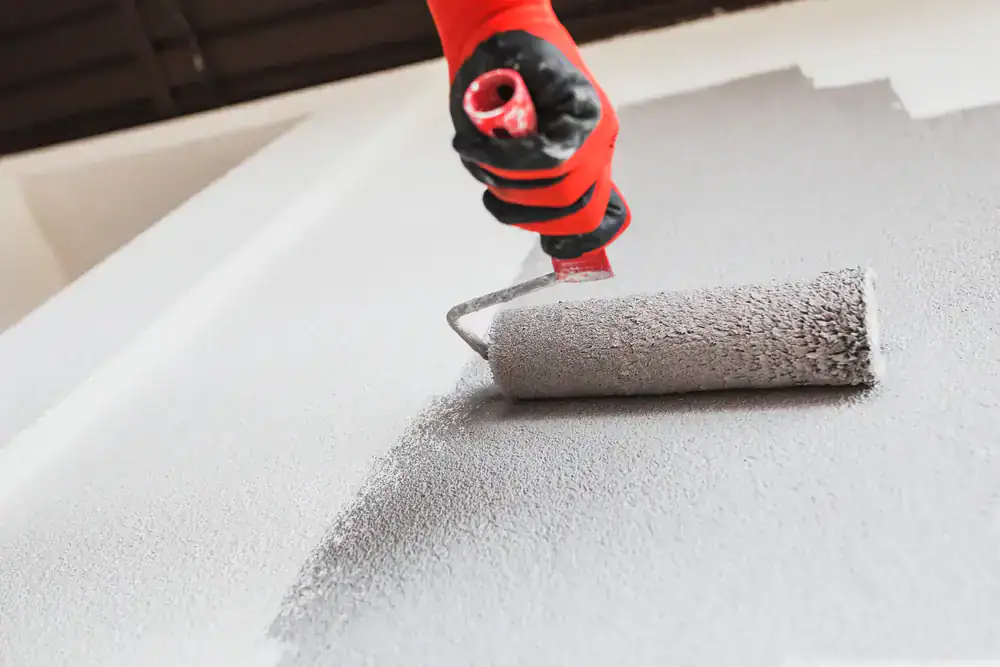
Hear from Our Customers
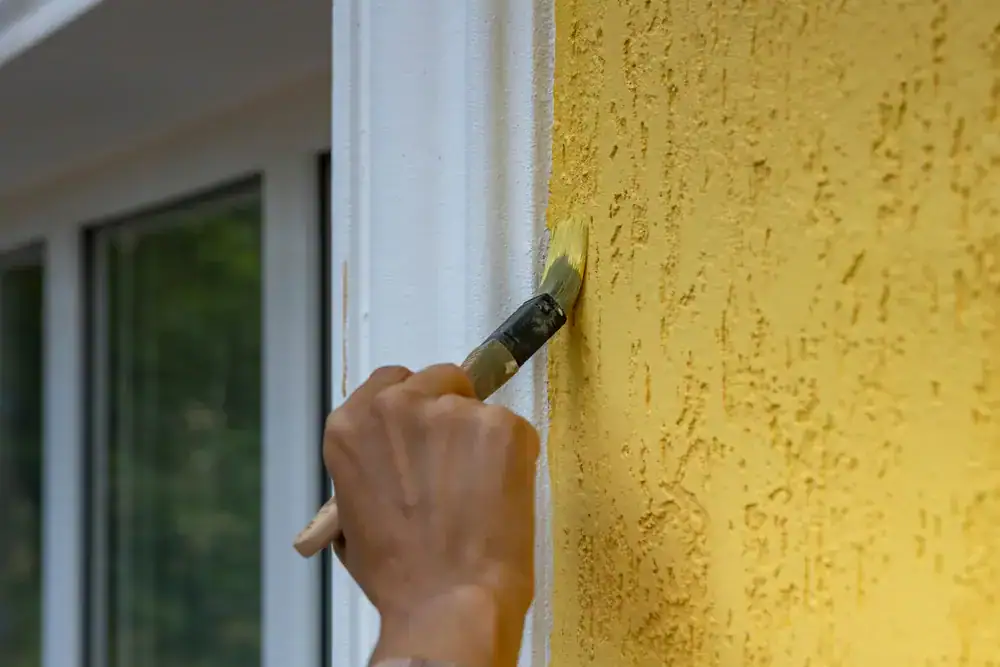
Your floors become virtually indestructible. No more staining from oil, antifreeze, or battery acid. No more scrubbing concrete that never comes clean.
You get a seamless, water-resistant surface that takes minutes to clean instead of hours. Chemical spills wipe up without leaving permanent marks. Heavy equipment rolls over it without damage.
Oxford homeowners and businesses choose epoxy because it actually saves money over time. Less maintenance, fewer repairs, and a surface that still looks new after decades of use.
Legends Construction LLC has served Oxford, MI for two years, backed by over 10 years of painting experience. We understand what works in Michigan’s climate and what doesn’t.
Oxford’s manufacturing sector and residential community need floors that handle real-world conditions. Heavy machinery in warehouses. Hot tires and road salt in garages. Basement moisture that destroys lesser coatings.
We focus on proper surface preparation—diamond grinding and shot blasting when needed. We use commercial-grade materials designed for longevity, not quick profits. Every job aims to create customers who call us back for the next project.
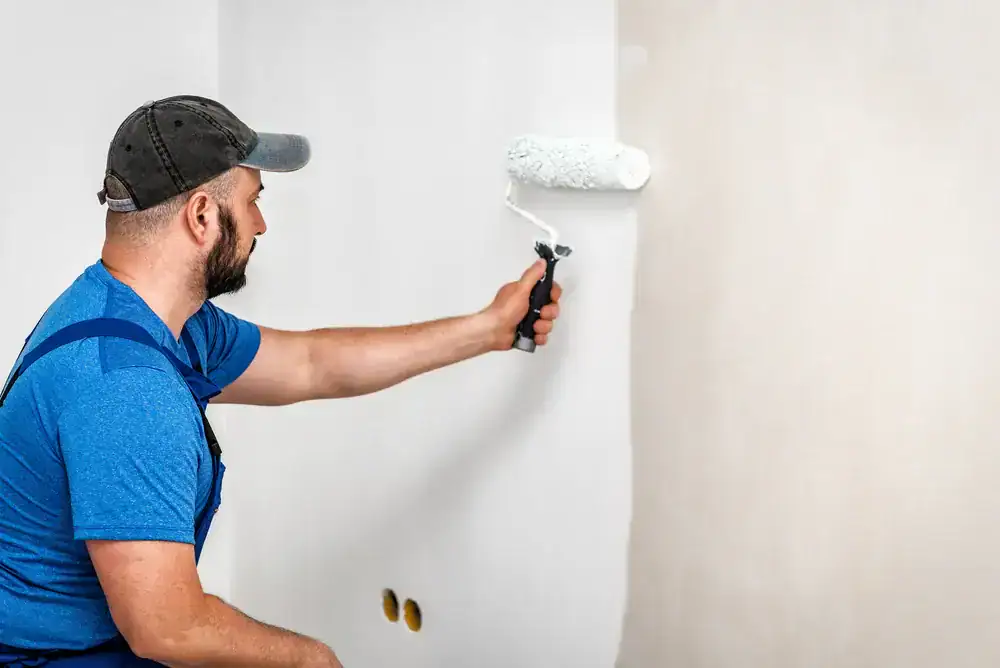
Surface preparation comes first. The concrete gets thoroughly cleaned, degreased, and profiled through grinding or shot blasting. This creates the microscopic texture epoxy needs to bond properly.
Next, any cracks or imperfections get repaired with specialized materials. The primer goes down to ensure even adhesion across the entire surface.
The epoxy coating follows—mixed on-site for maximum strength and applied with professional equipment. Decorative flakes or non-slip additives get broadcast while the coating is still wet. Finally, a protective topcoat seals everything and provides the final durability layer.
The entire process typically takes 2-3 days, depending on size and complexity. You get a floor that’s ready for full use within 72 hours.
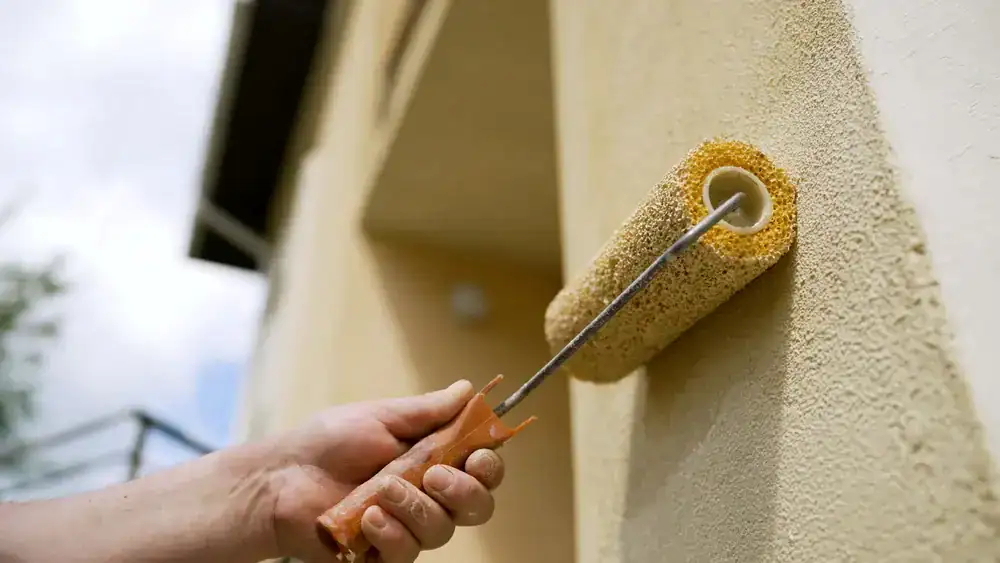
Ready to get started?
Residential applications include garage floors, basement workshops, and outdoor patios. The coating handles hot tires, chemical spills, and Michigan’s freeze-thaw cycles without cracking or peeling.
Commercial and industrial spaces get heavy-duty formulations. Warehouse floors that support forklifts and heavy equipment. Retail spaces that need attractive, easy-to-clean surfaces. Manufacturing facilities requiring chemical resistance and safety compliance.
Oxford’s automotive culture means many garages double as workshops. The epoxy handles everything from oil changes to welding projects. It’s three times stronger than standard concrete and maintains its appearance for decades with minimal care.
Each project gets customized based on use patterns, traffic loads, and environmental conditions. The result is a floor system designed specifically for how you’ll actually use the space.
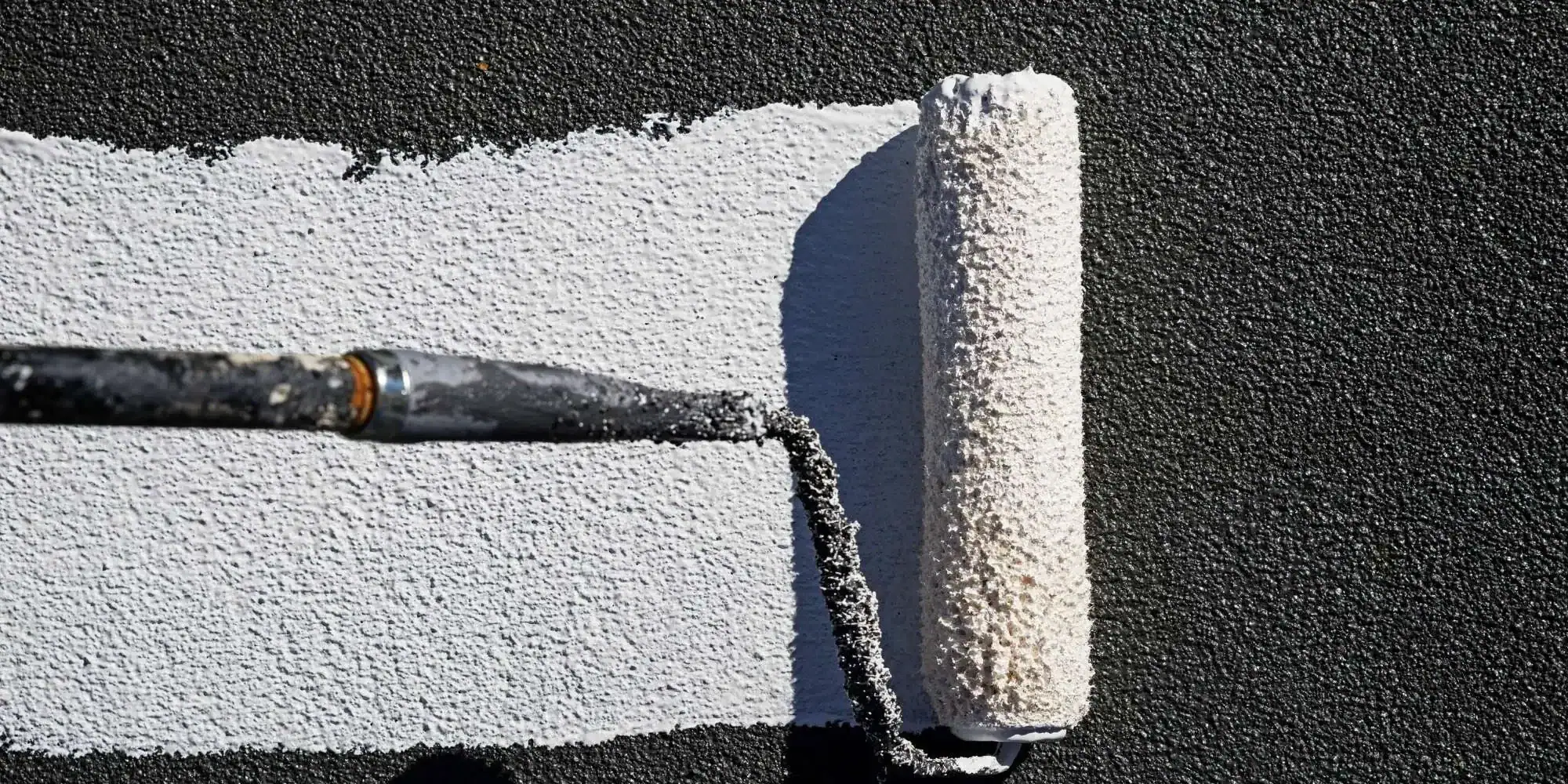
Professional epoxy installations typically last 15-20 years in residential applications and 10-15 years in commercial settings with proper maintenance. Oxford’s freeze-thaw cycles and road salt exposure don’t affect quality epoxy systems when properly installed.
The key is using commercial-grade materials and proper surface preparation. Cheap epoxy paint from home centers fails within 1-2 years because it can’t handle thermal expansion and contraction. Professional systems flex with the concrete and maintain their bond through temperature changes.
Regular cleaning with mild detergent is all that’s needed. Avoid harsh chemicals or abrasive cleaners that can dull the surface over time.
Epoxy paint is typically water-based with low solids content—around 30-50%. It goes on thin and provides minimal protection. Professional epoxy coatings are 100% solids, meaning no water or solvents that evaporate and leave gaps.
The thickness difference is dramatic. Paint applies at 2-4 mils thick. Professional coatings go on at 10-30 mils, creating a plastic-like surface that’s actually stronger than the concrete underneath.
Paint fails when the concrete moves or moisture comes up from below. Professional coatings are designed to handle these conditions. They cost more upfront but last 10 times longer than paint, making them far more economical over time.
Minor stains and surface imperfections actually get covered and sealed by professional epoxy systems. Oil stains, rust marks, and discoloration disappear under the coating. The epoxy also fills small cracks and surface pitting.
However, structural cracks or severely damaged concrete need repair first. Active water seepage must be addressed before coating. Existing paint or sealers require complete removal through grinding or shot blasting.
The surface preparation phase determines long-term success. Proper preparation costs more initially but prevents coating failure later. Shortcuts in prep work are the main reason epoxy projects fail within the first few years.
Residential garage floors typically run $3-8 per square foot depending on surface condition, coating system, and decorative options. Commercial applications range from $5-12 per square foot based on performance requirements and site conditions.
Factors affecting price include surface preparation needs, number of coats, decorative flakes or colors, and access challenges. Badly damaged concrete requiring extensive prep work costs more than smooth, clean surfaces.
The investment pays back through reduced maintenance costs and extended service life. Quality epoxy systems cost less per year of service than repeatedly painting or replacing other floor coverings that fail more frequently.
Daily maintenance involves sweeping or dust mopping to remove debris. Weekly cleaning with mild detergent and water keeps the surface looking new. Avoid harsh chemicals, abrasive cleaners, or steel wool that can damage the finish.
For commercial applications, periodic deep cleaning with a floor scrubber maintains appearance and slip resistance. Immediate cleanup of spills prevents staining, though quality epoxy resists most chemicals.
The surface may need light buffing every 5-7 years in high-traffic areas to restore gloss. Topcoat renewal every 10-15 years extends service life indefinitely. Overall maintenance requirements are minimal compared to other flooring options.
Standard epoxy can become slippery when wet, which is why professional installations include non-slip additives in high-traffic areas. Aluminum oxide or polymer beads broadcast into the topcoat provide excellent traction without compromising cleanability.
The texture level gets customized based on use. Garage floors handling snow and ice get more aggressive texture than basement workshops. Commercial kitchens or manufacturing areas may require specific slip resistance ratings for safety compliance.
Proper drainage design also matters. Slight slopes toward drains prevent water from pooling on the surface. Combined with textured topcoats, this creates a safe walking surface even when wet from snow melt or washing.
Other Services we provide in Oxford